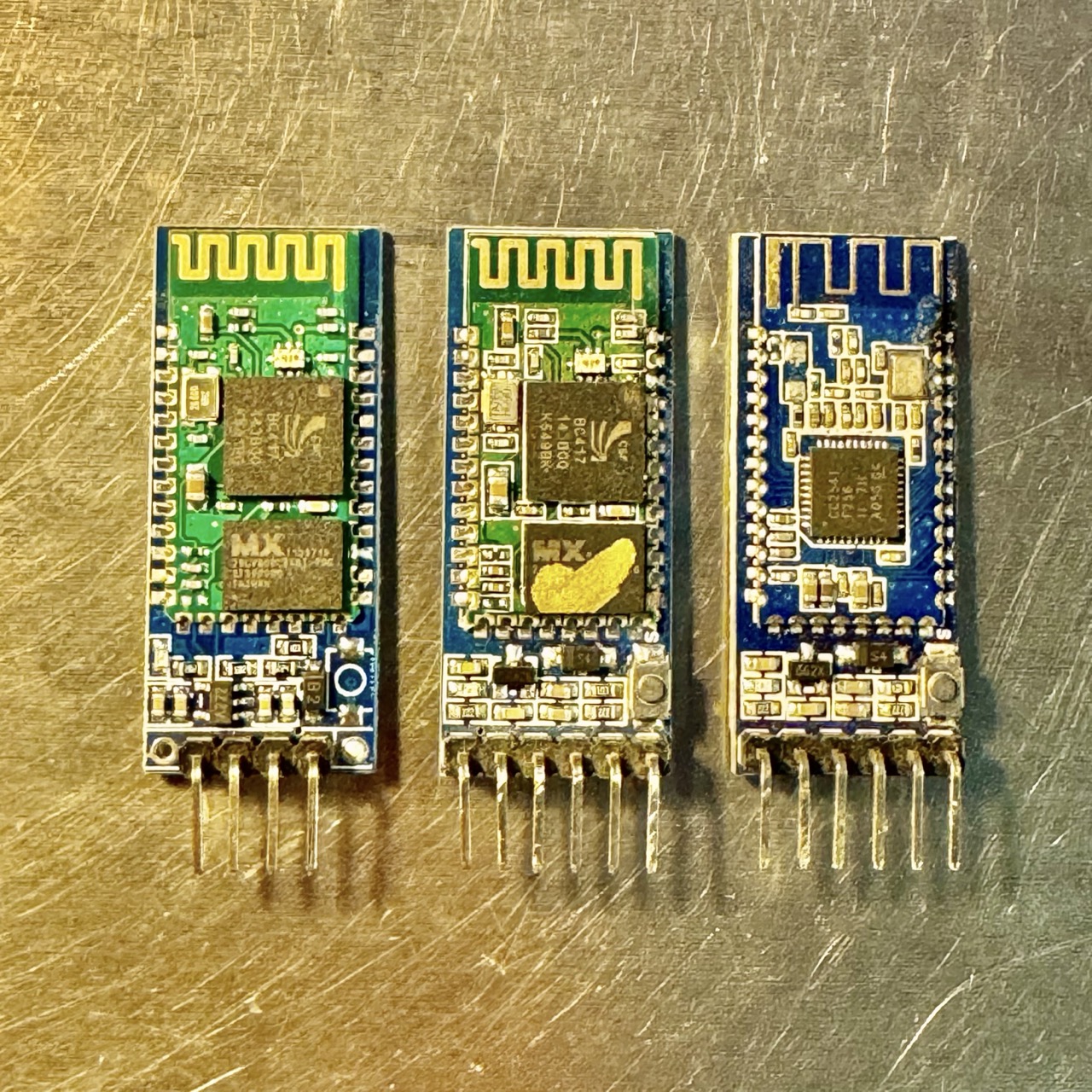Introduction
Bluetooth modules are widely used to enable wireless communication between devices. They are commonly used in IoT, robotics, and smart devices to facilitate serial communication. Below, we explore popular Bluetooth modules, their features, and how to use them in your projects.
Common Bluetooth Modules
- HC-05 Bluetooth Module: This classic Bluetooth module supports both master and slave modes, enabling it to connect to multiple devices or act as a standalone Bluetooth interface for serial communication.
- HC-06 Bluetooth Module: A simple and cost-effective Bluetooth module designed exclusively for slave mode, making it ideal for establishing wireless serial communication with a master device like a smartphone or PC.
- HM-10 Bluetooth Module: A low-energy (BLE) Bluetooth module that supports BLE 4.0, allowing it to connect with modern smartphones and other BLE-enabled devices while consuming minimal power.
- JDY-08 Bluetooth Module: A compact BLE module designed for low-power applications, featuring simple AT command support for easy integration into IoT and wearable projects.
How to Use a Bluetooth Module
- Connect the module to a microcontroller: Use the appropriate pins (e.g., TX, RX, VCC, GND) to connect the Bluetooth module to your microcontroller, such as an Arduino.
- Configure the module: Use AT commands to configure settings like baud rate, device name, and mode (master or slave).
- Write the code: Use the
SoftwareSeriallibrary in Arduino or equivalent libraries in other platforms to communicate with the Bluetooth module. - Test the connection: Pair the module with another device (e.g., smartphone or PC) and send/receive data to confirm communication is established.
Example Arduino Code for HC-05
#include
SoftwareSerial BTSerial(10, 11); // RX, TX pins
void setup() {
Serial.begin(9600);
BTSerial.begin(9600);
Serial.println("HC-05 Bluetooth Test");
}
void loop() {
if (BTSerial.available()) {
Serial.write(BTSerial.read());
}
if (Serial.available()) {
BTSerial.write(Serial.read());
}
}
Tips and Best Practices
- Ensure the module's baud rate matches your microcontroller's settings.
- Use a voltage divider or level shifter when connecting 3.3V modules (like HM-10) to 5V devices.
- Keep the module away from sources of interference, such as motors or high-power circuits.
